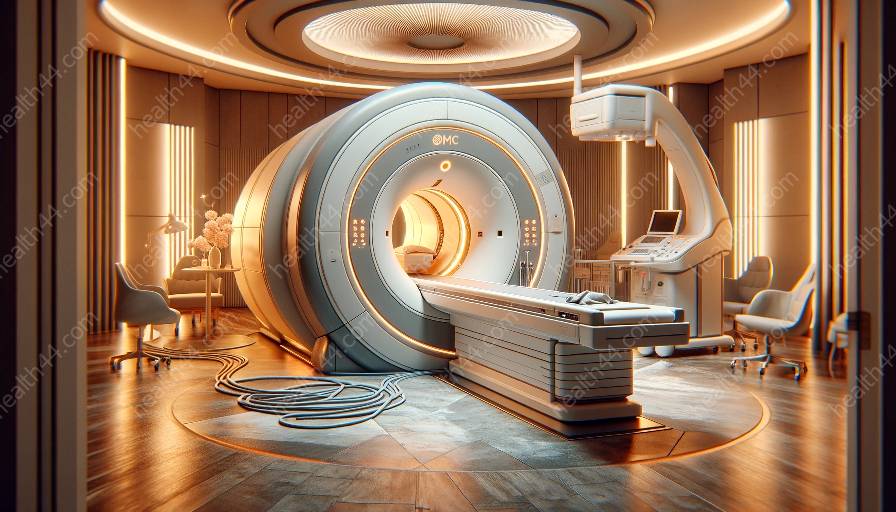When it comes to the world of medical devices and equipment, magnetic resonance imaging (MRI) machines play an incredibly important role. One of the key components of MRI technology is the generation of magnetic fields within the machine. Understanding how these magnetic fields are generated is not only fascinating but also vitally important for anyone involved in the medical field.
The Basics of MRI Machines and Magnetic Fields
MRI machines rely on powerful magnets to function. These magnets are used to create a strong and uniform magnetic field that is essential for generating clear and detailed images of the human body. There are primarily two types of magnets used in MRI machines: superconducting magnets and permanent magnets.
Superconducting Magnets
Superconducting magnets are the most common type of magnets used in MRI machines. They are made from coils of superconducting wire that are cooled to extremely low temperatures using liquid helium. When cooled to these temperatures, the wire loses all electrical resistance and becomes capable of carrying large electrical currents without losing energy. This allows the superconducting magnets to produce a strong, continuous magnetic field that is essential for MRI imaging.
Permanent Magnets
While less commonly used than superconducting magnets, permanent magnets are also employed in some MRI machines. These magnets are typically made from a combination of ferromagnetic materials and operate at room temperature. Although not as powerful as superconducting magnets, permanent magnets can still generate sufficient magnetic fields for certain types of MRI scans, particularly those involving extremities such as the hand, wrist, or foot.
Role of Magnetic Fields in MRI Imaging
Once the magnets within the MRI machine have generated the required magnetic fields, the scanning process can begin. When a patient is placed in the MRI machine, the magnetic fields cause the protons in the hydrogen atoms within their body to align in a particular direction. Radiofrequency pulses are then used to disrupt this alignment, and when the protons return to their natural state, they emit energy that is detected by the MRI machine's sophisticated sensors. This collected data is then processed and used to create detailed cross-sectional images of the patient's internal structures.
Challenges in Magnetic Field Generation
While the process of generating magnetic fields in MRI machines may seem straightforward, there are several challenges involved. For instance, ensuring that the magnetic field is uniform throughout the imaging area is crucial for obtaining high-quality images. In addition, maintaining the superconducting magnets at extremely low temperatures and preventing any disruptions to their superconducting state can be complex and requires careful monitoring and maintenance.
Advancements in MRI Technology
As technology continues to advance, so too does the field of MRI imaging. Researchers and engineers are constantly working on improving the efficiency and capabilities of MRI machines, including the methods used for generating magnetic fields. This includes exploring new materials for magnet construction, developing more efficient cooling systems for superconducting magnets, and enhancing the overall imaging process to provide even greater detail and clarity.
Impact on the Medical Field
The ability to generate powerful magnetic fields in MRI machines has revolutionized the medical field. MRI technology allows healthcare providers to obtain highly detailed images of the body's internal structures without exposing patients to ionizing radiation, making it a crucial tool for diagnosing a wide range of medical conditions. From identifying tumors to evaluating joint injuries, MRI machines play a key role in modern medicine.
Future Possibilities
Looking ahead, the ongoing advancements in the generation of magnetic fields in MRI machines hold great promise for the future of medical imaging. As technology continues to evolve, we can anticipate even greater precision, speed, and adaptability in MRI technology, opening up new possibilities for diagnosing and treating medical conditions with unprecedented accuracy and effectiveness.


